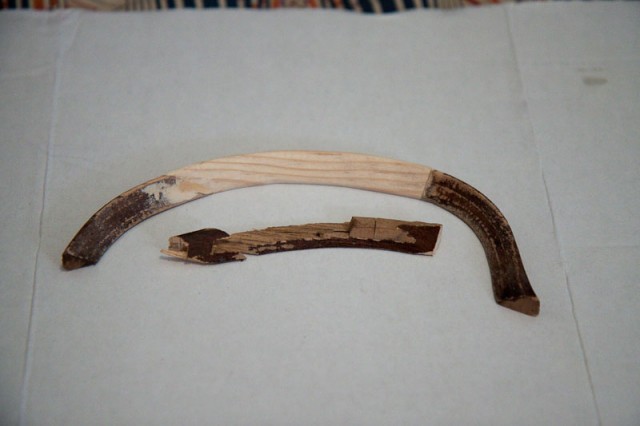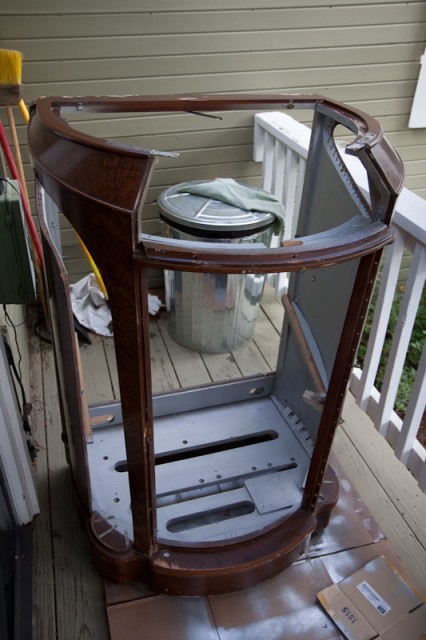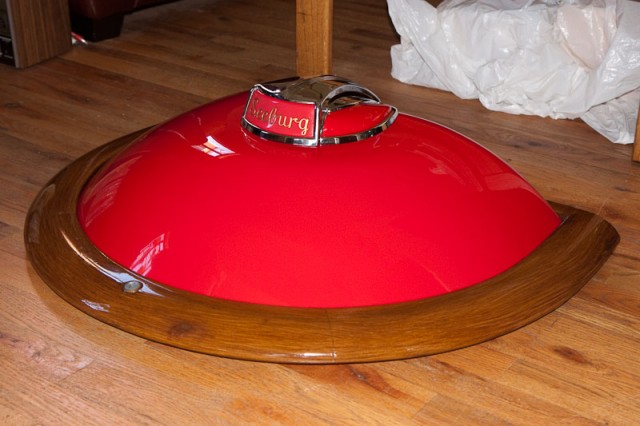It seems like very little forward progress is being made on the jukebox restoration project, despite the time I’m putting into it.
A lot of things are fighting me. Interestingly, it’s not the old stuff that fighting me, but the new stuff. I’ve been really disappointed in the quality of reproduction parts from Victory Glass.
- The side plastics are not cut the same way as the originals, which will cause me to move the side chrome pieces up a little.
- The speaker grill cloth is not like the original which causes it to show the imperfections in the metal behind it because it’s highly reflective.
- The blue mirrors have a crinkled reflective background rather than a smooth reflective background.
A “reproduction part” should be a faithful reproduction of the original, not something that only vaguely resembles the original. Unfortunately, Victory Glass is the only game in town (the world). And I imagine the demand for reproduction jukebox parts is falling as most of the old jukeboxes have already been found and restored. When I was restoring my Wurlitzer, I don’t recall these issues.
Another thing that has been fighting me, are the stains, paints and finishes. The overall quality has really gone down since the last time I restored a jukebox. A lot of this has to due with environmental regulations that limit the evaporative solvents used in a product. Nothing is very durable. Also, I suspect that a lot of it due to the corporate mentality of using cheaper chemicals. I had to redo a portion of the wooden cabinet twice now. I’ve redone parts of the metal selector panel nearly 10 times or more; I’ve lost count.
Slowly things are starting to move towards going back together. I’m glad I took a lot of photos before I took things apart so I can go back and look at how things go back together. I wasn’t expecting the cabinet to be apart this long.
See all posts related to this jukebox.




